Tensions in the Red Sea have only increased, not decreased, following a months-long campaign of harassment by the Houthis against ships passing through one of the world's busiest shipping lanes, especially after three sailors on a civilian ship were killed by a rebel missile.
The EU, whose Aspides (Shield) naval defence mission in the Red Sea was launched nearly three weeks ago, is said to be preparing for what will be a long and dangerous mission.
“Unfortunate tragedy is likely to occur”
“This is the most dangerous naval operation the EU has undertaken to date,” said Alessandro Marrone, director of the defence programme at the Italian think tank Istituto Affari Internazionali.
The incident that claimed the lives of three sailors – two Filipinos and one Vietnamese – on the Barbados-flagged, Greek-operated True Confidence was an “unfortunate tragedy that could have happened,” Marrone said.
The EU Aspides mission, launched on 19 February, aims to protect freedom of navigation in the Red Sea and the Gulf of Aden, an area that has been mired in unrest since October when Houthi rebels began targeting ships travelling in the route with a series of drone and missile attacks.
The Houthis, a pro-Iranian rebel group that controls part of Yemen, said their attacks were in response to Israel’s offensive in the Gaza Strip. While the Houthis initially claimed their attacks targeted Israeli-owned ships, several European-operated vessels have been targeted over the past five months.
With 12% of global trade and up to 30% of global container traffic passing through this vital shipping lane, the Houthi attacks have threatened to severely disrupt the flow of trade into Europe.
Warships from France, Germany, Greece, Spain and Italy are currently in the area. A Belgian frigate is said to have left the port of Zeebrugge on March 10 to join the Aspides.
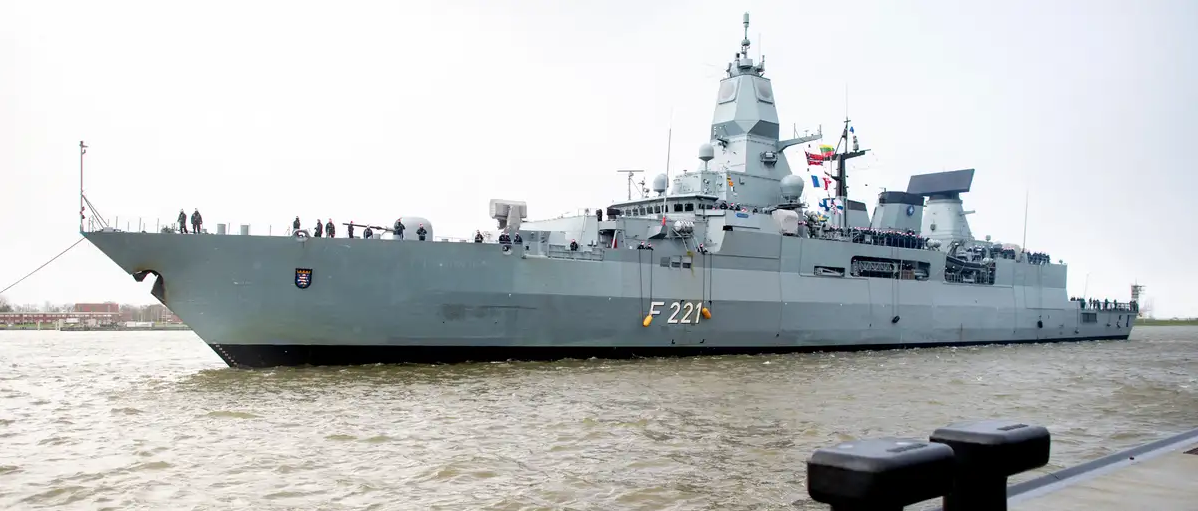
The German Navy's Hessen frigate is taking part in the EU's Aspides Mission in the Red Sea to fight the Houthis. Photo: DW
European warships have repeatedly destroyed Houthi drones, in some cases even before the mission was officially launched.
However, the Red Sea area is becoming increasingly crowded and there is an increasing risk of “our army fighting our own army” incidents. Typically, on January 28, a German warship mistakenly shot down an American drone.
Also present in the maritime region is the US-led defence force Operation Prosperous Guardian (OPG), which includes up to eight destroyers and at least a dozen Indian warships in the eastern Red Sea deployed to combat piracy.
The Indian Navy assisted the distressed vessels and evacuated the 20 surviving crew members of the True Confidence after the Houthi missile attack on March 6. In addition to the three crew members who died, four others suffered severe burns.
The incident signals the growing risks associated with shipping through the Red Sea, after the cargo ship Rubymar sank on February 18, days after being hit by a Houthi missile off the coast of Yemen.
The US government said the anchor towed from the Rubymar may have damaged undersea communications cables on March 5. The damage affected 25% of data traffic through the Red Sea.
Certain political and military efforts are needed.
Houthi attacks in the Red Sea, which began shortly after fighting flared up in Gaza last October, have driven up insurance costs and forced some ships to detour around the Cape of Good Hope in South Africa.
“The increased costs have been absorbed by the market so far, but they have the potential to be disruptive,” said Chitrapu Uday Bhaskar, a retired Indian Navy officer and director of the New Delhi-based Society for Policy Research. “Non-state attacks like this pose a really complex challenge to navies around the world and commercial shipping in general.”
The naval mission is intended to “maintain a presence and send a signal that the major powers will not allow this disruption beyond a certain point.”
The rapid international deployment following the Houthi attacks may have helped moderate the economic impact, Marrone said. But he also said awareness of the new risks facing European navies remains low in the continent’s capitals.
Mr Marrone estimated the total number of European staff deployed between the headquarters in Larissa, Greece and at sea at around 1,000.
“The risk is relatively low because the warships are well equipped. But it is not zero risk. It is a conflict against parastate actors,” Mr. Marrone added.
More needs to be done to ensure better coordination between partners to avoid a repeat of the German-American incident on January 28. “There is a high risk of friendly fire because each mission has a different chain of command,” Marrone said.
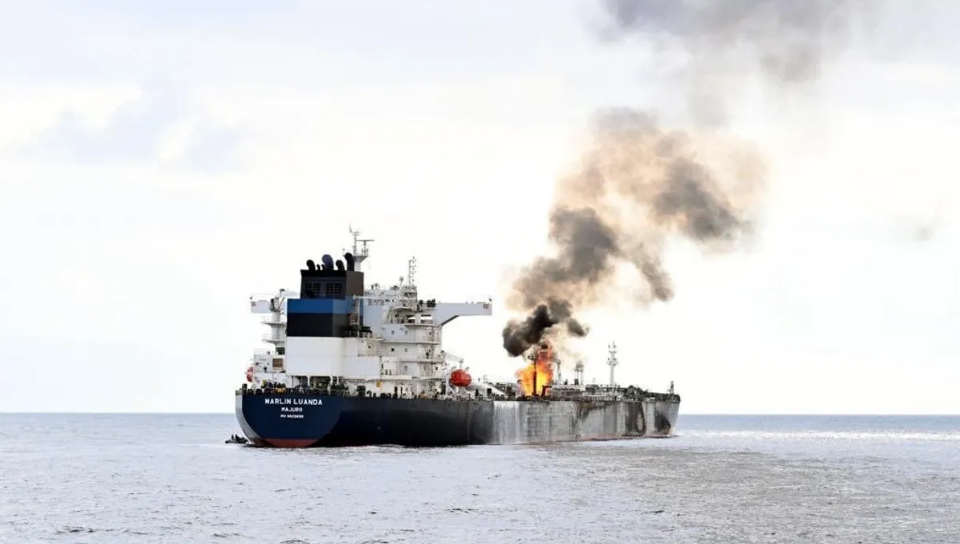
The Marlin Luanda oil tanker burns in the Gulf of Aden after a missile attack by Houthi rebels, January 26, 2024. Photo: GZero Media
Speaking on March 8 at the launch of a Cyprus-led maritime aid operation for Gaza, European Commission (EC) President Ursula von der Leyen said she had been in regular contact with Egyptian President Abdel Fattah El Sisi and King Abdallah II of Jordan.
“The situation in the Red Sea is particularly worrying, with maritime security deteriorating and critical infrastructure damaged by continued Houthi attacks,” von der Leyen said.
The navy deployed in the Red Sea must be prepared for a “long-term commitment,” Marrone said. “Even if the Gaza war subsides, tensions will still occur,” said the head of the Italian think tank Istituto Affari Internazionali, pointing to the Houthis’ ties to Iran.
“This is not just short-term crisis management,” he said. “Europeans will need to anticipate rotating warships and troops to ensure they have enough naval ammunition – missiles, torpedoes, artillery shells. That will require a certain political and military effort.”
A representative for the EU External Action Service did not respond to questions about how long the Aspides Mission is expected to last or its total staffing.
“Any decisions after that are made by consensus of all member states,” the representative said. “Member states are also equipping based on their capabilities in line with the mission and mission needs . ”
Minh Duc (According to National News, Euronews)
Source





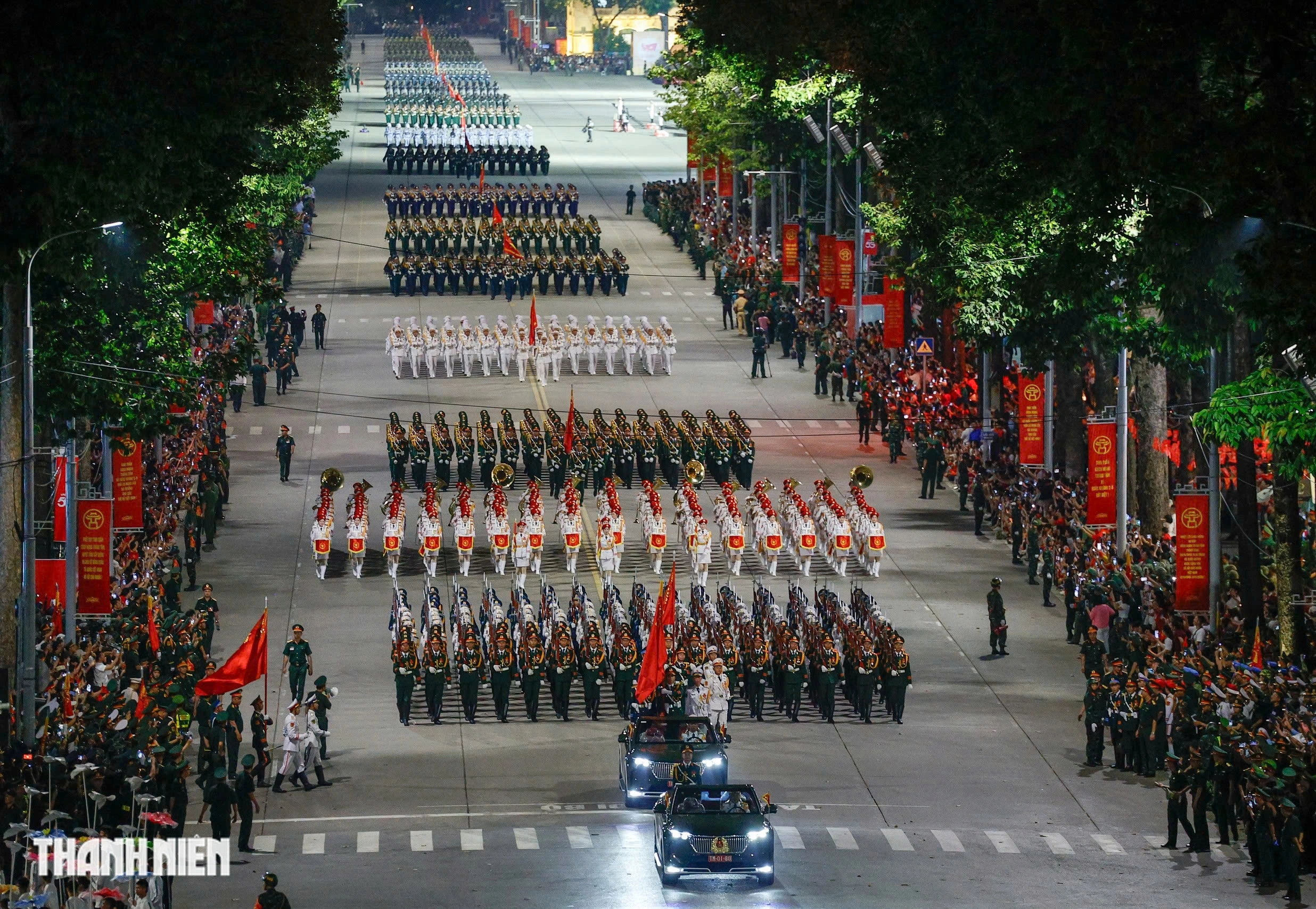
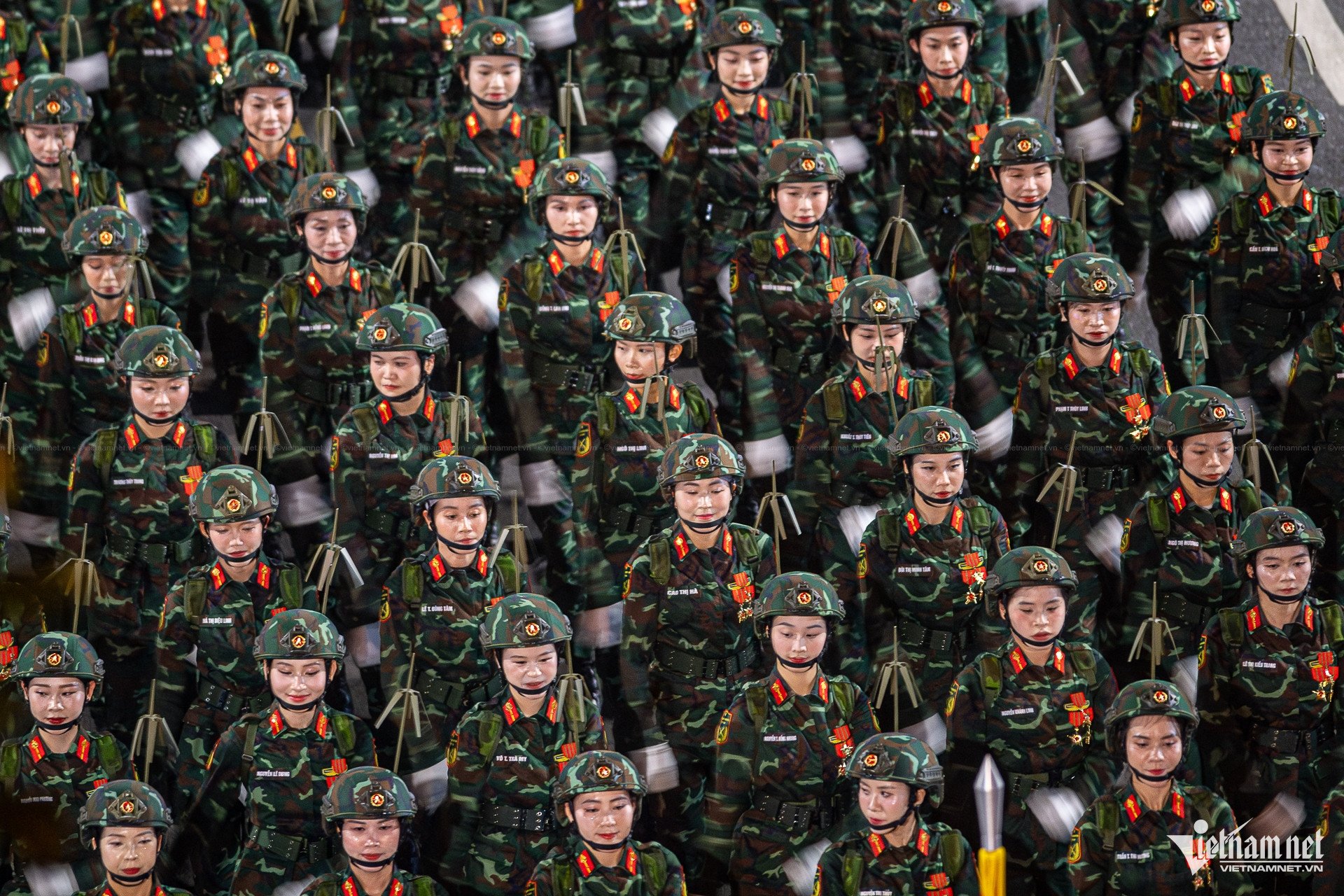
![[Photo] General Secretary To Lam attends the 80th anniversary of Vietnam's diplomacy](https://vstatic.vietnam.vn/vietnam/resource/IMAGE/2025/8/25/3dc715efdbf74937b6fe8072bac5cb30)

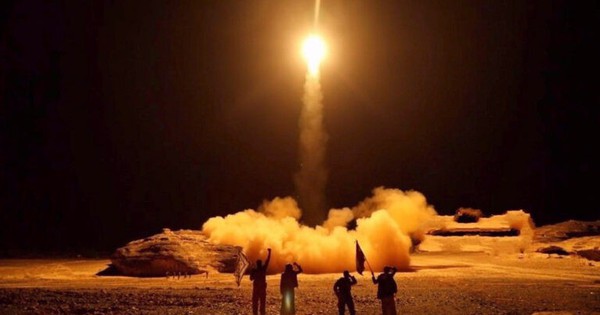
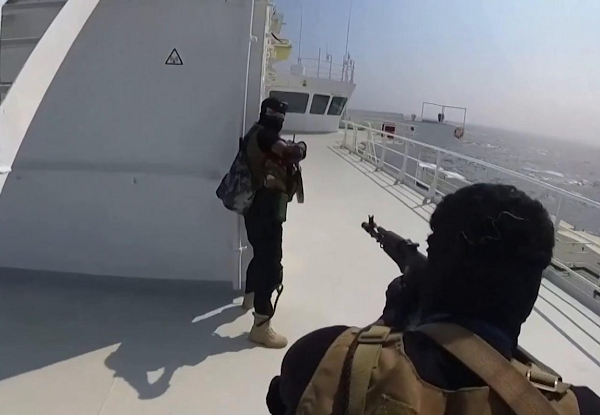
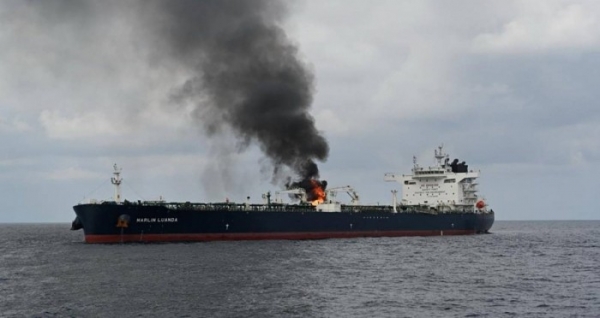

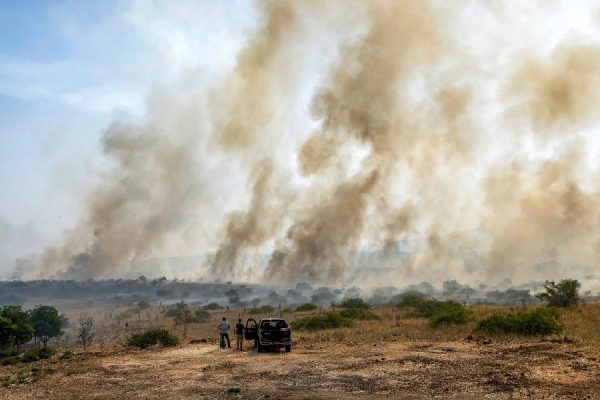
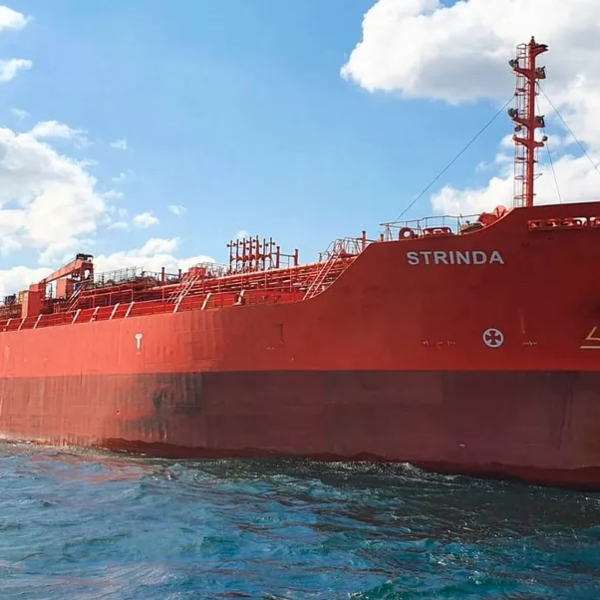
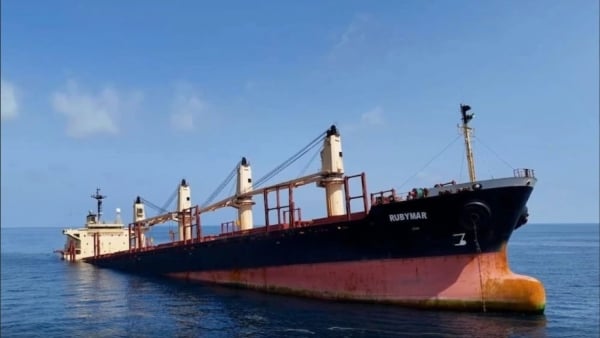





















































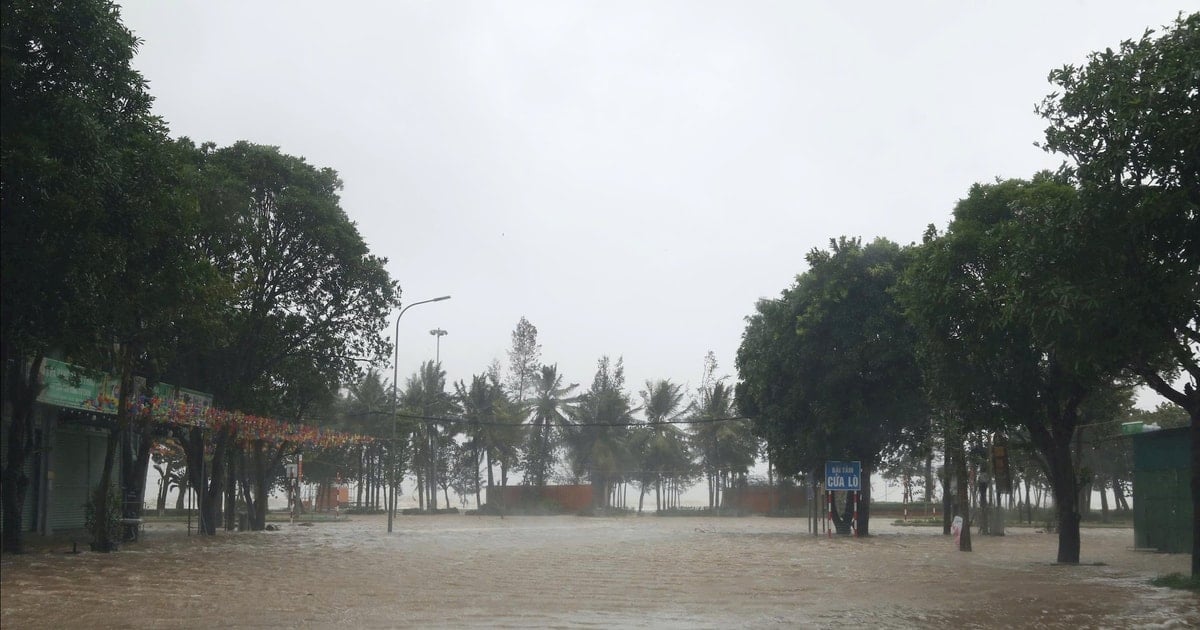




























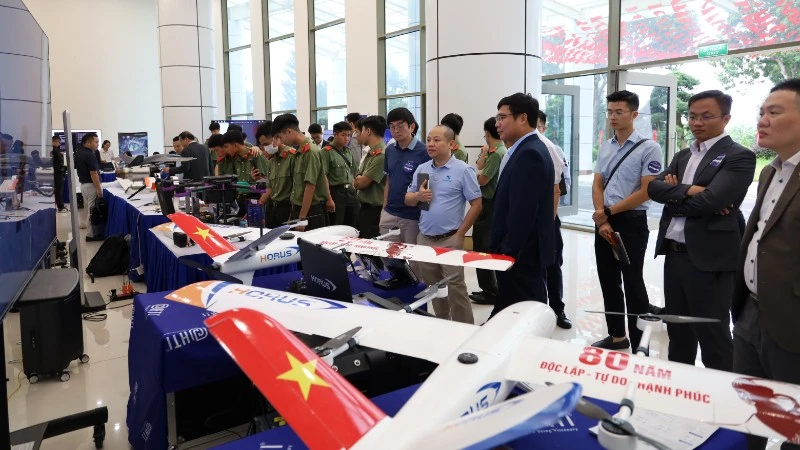









Comment (0)